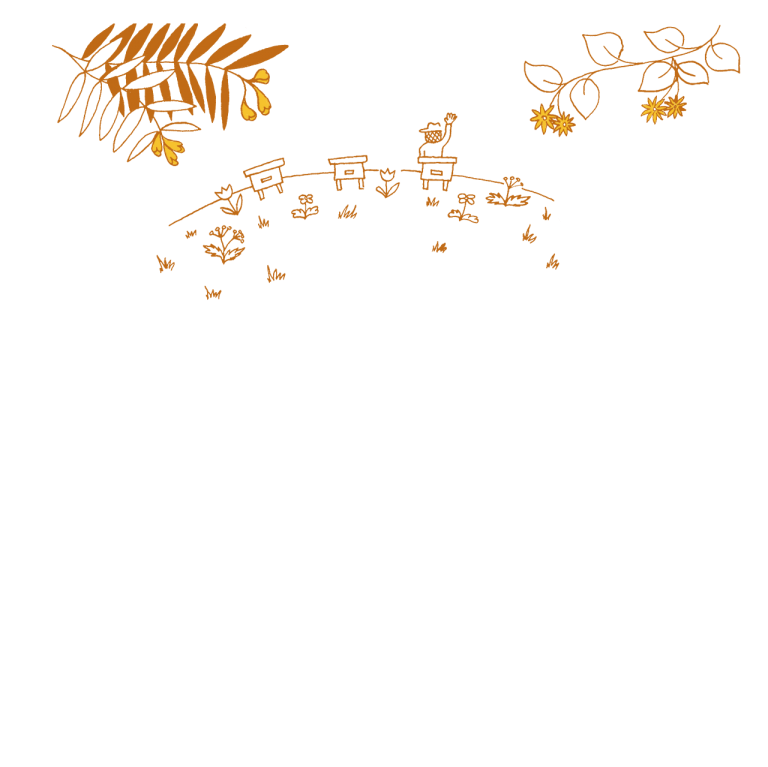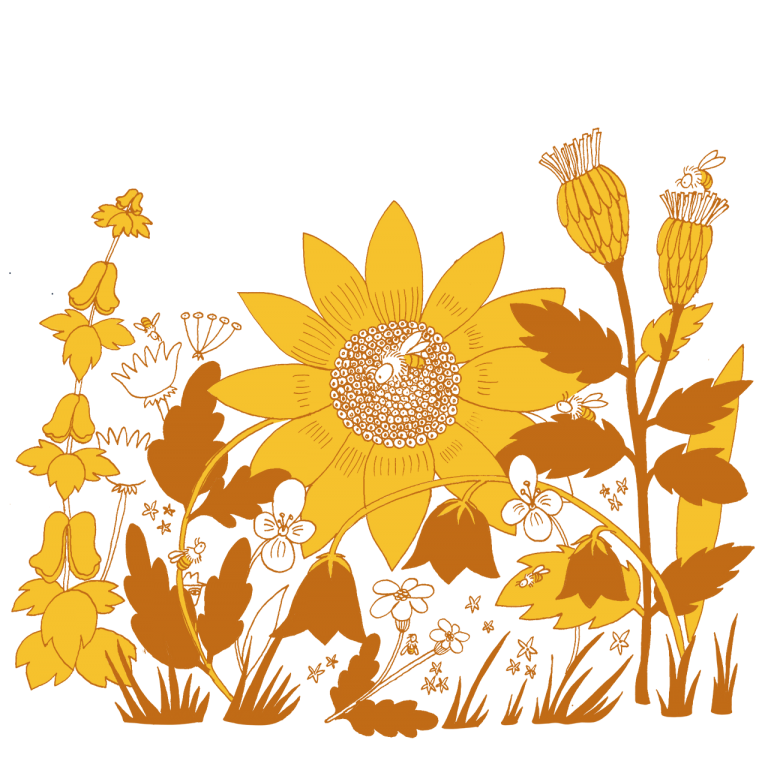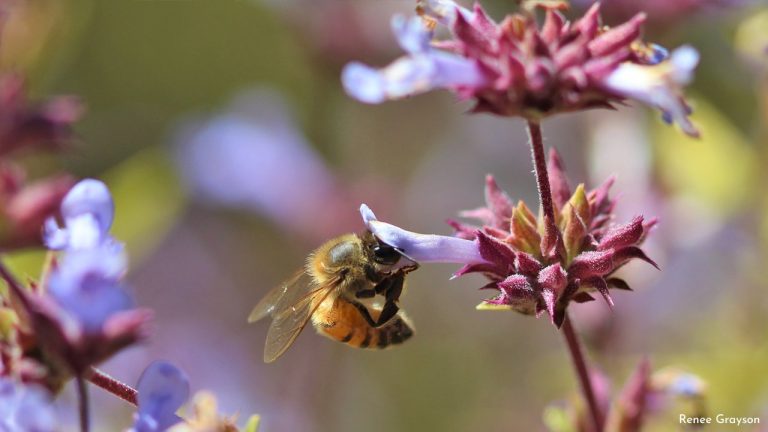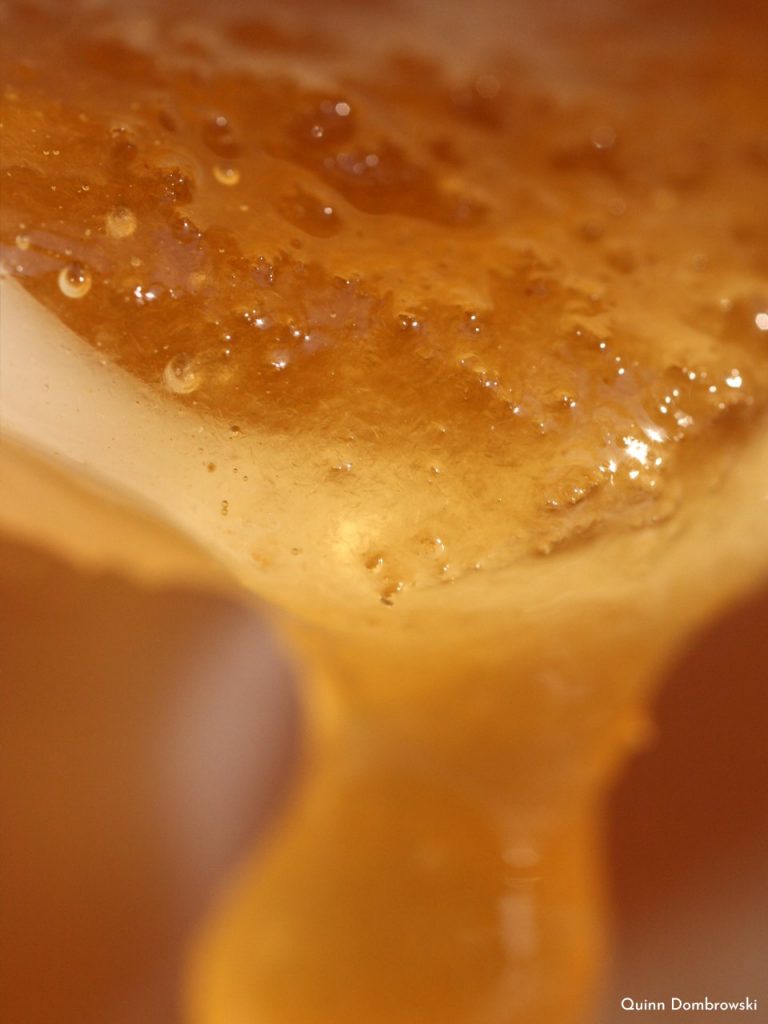Honey is a natural product of amazing diversity. In principle, how many species of melifere plants exist, so many types of monofloral honey should exist.
Practically, however, it is impossible for bees to be controlled so that they extract pollen and nectar only from certain flowers, so, inevitably, a monofloral honey will contain pollen from other flowers.


The term ‘monofloral’ is therefore a relative one – it refers to a minimum concentration of pollen/noctar picked from that flower species (percentation ranging from one type to another of monofloral honey and the regulations of one country or another).
The higher the percentage of pollen in the respective species of flower (ringing up to 80-90%), the more pronounced the taste and aroma given by the pollen.

Honey can be classified from several criteria, but we often find it classified according to the following two:
❧ depending on the source of the nectar (can be floral or hand honey);
❧ depending on the area.
Depending on appearance/texture, honey can be liquid or crystallized (saccharisis).
Sometimes consumers have the wrong impression that crystallized honey (saccharisis) is spoiled, which is false. The crystallization of honey is a natural phenomenon, and, on the contrary, it can be a guarantee that it is natural, that it is not counterfeit. The speed with which a honey crystallizes is given by the fructose/glucose ratio of that type of honey: the higher the percentage of glucose in relation to fructose, the faster the honey crystallizes.

Along with olive oil, honey is one of the most falsified foods in the world. Most of the times, falsification occurs by:
Add sugar syrup to honey (case no more crystallizing honey);
Mixing one cheaper type of honey with a more expensive one and marketing the mixture as honey from the more expensive type.
An important detail about this product is that, practically, honey never breaks. If the honey is properly extracted from the honeystains, correctly packaged and stored, it has no warranty term. The EU requires legislation that on the label there be a guarantee term, but in reality honey can be preserved however. The only factor that can influence the quality of honey is moisture, so it is important that it is packed in tightly enclosed jars, preferably in the dark. The EU requires the humidity of the marketed honey to be a maximum of 18%. If honey has a moisture of over 20%, it can ferment and, by fermentation, honey turns into another product – hydromela (or meed), “honey wine”, popular in many countries.
